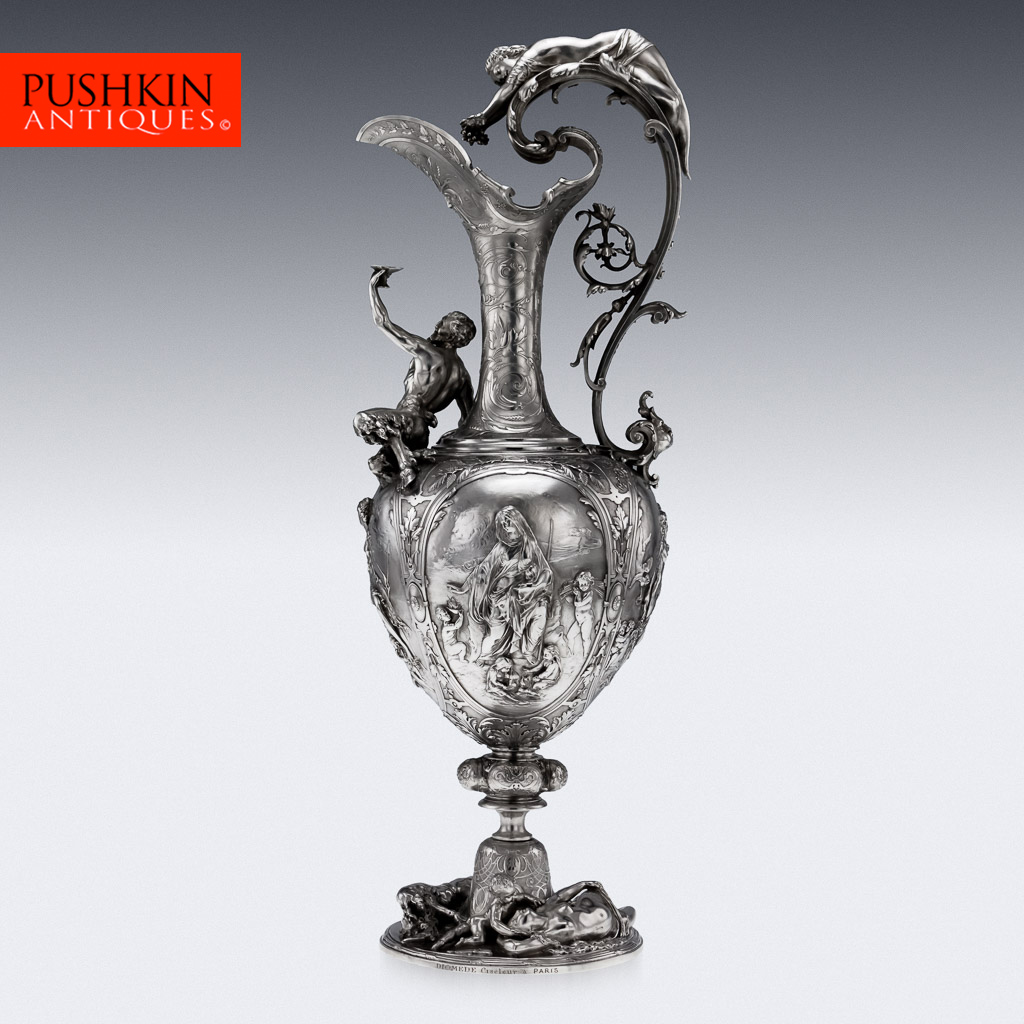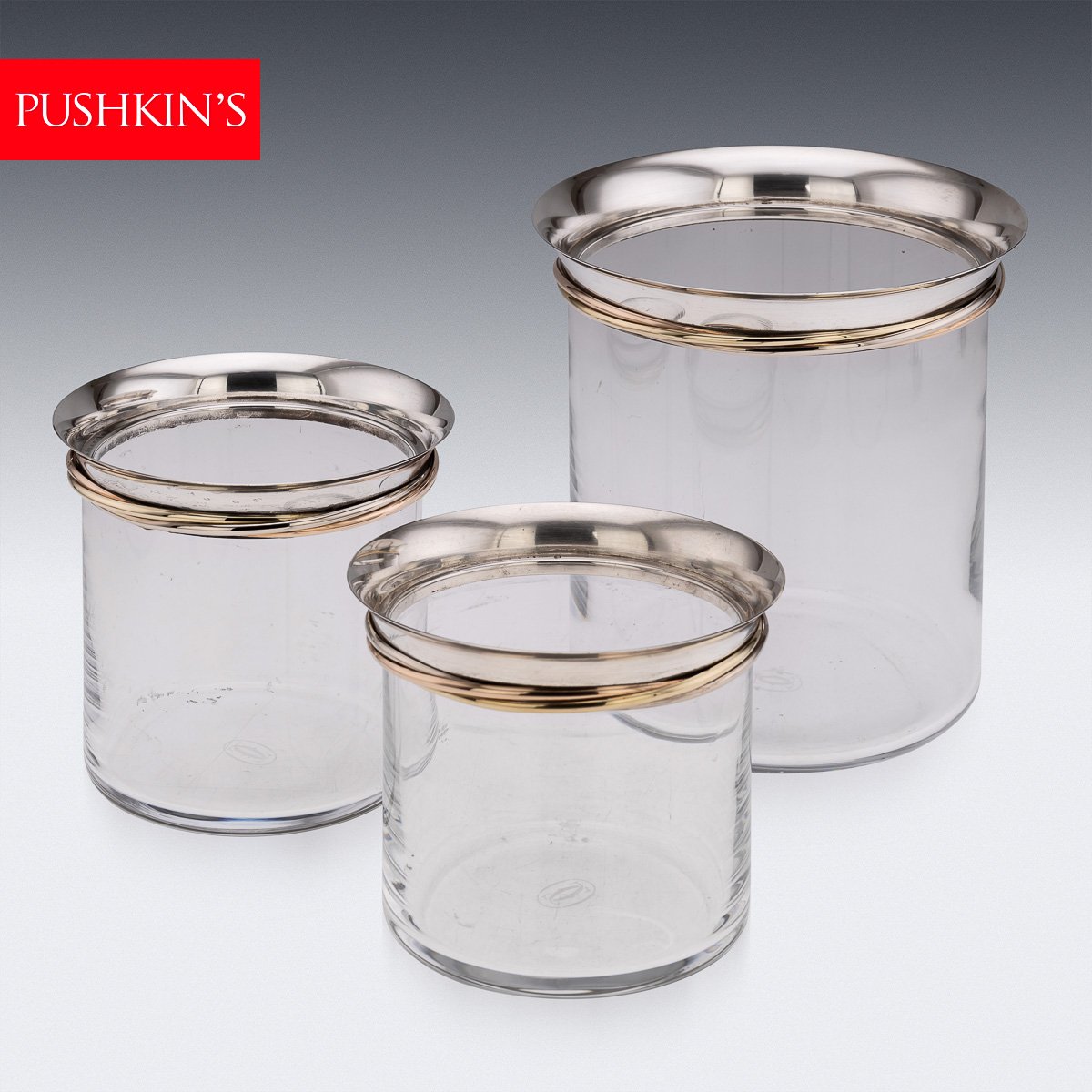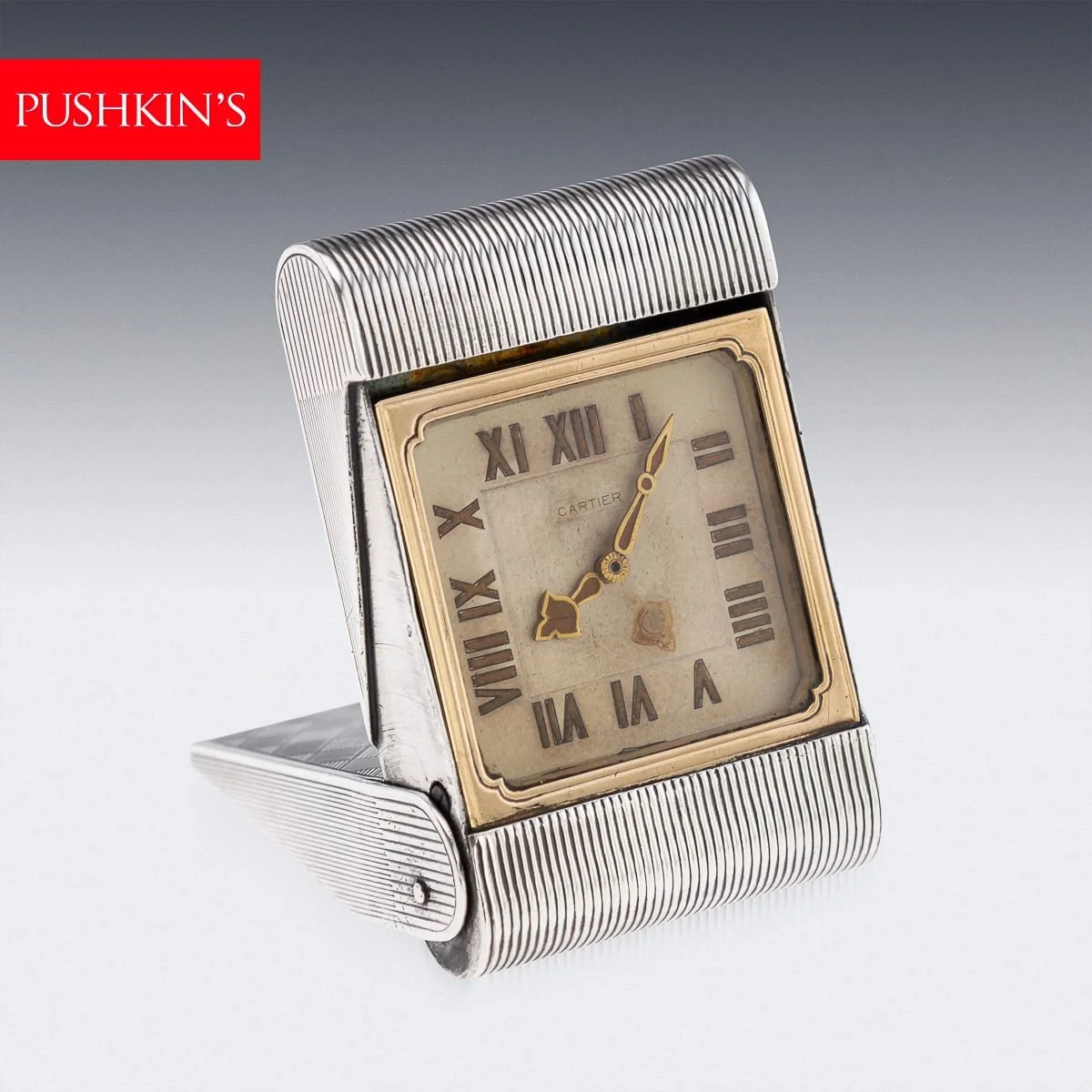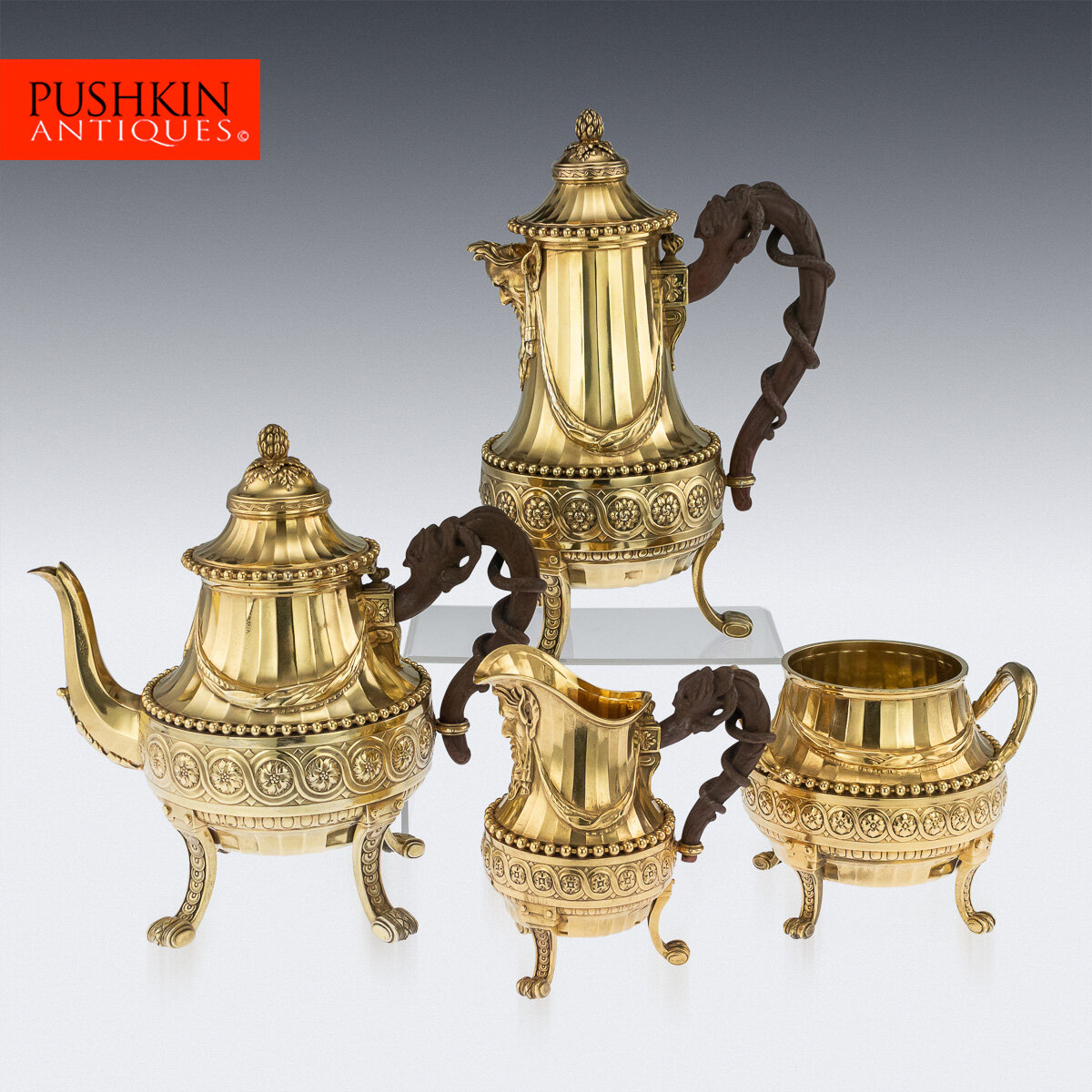
French Silver
French silver is often characterized by high quality and skilled workmanship, both ensured by particularly strict guild rules. The French hallmarking system is complex and dates back to the 13th century, with the appearance of the first “Maisons Communes” marks. In the 17th and 18th century a silversmith had to serve 8-years of apprenticeship and three years as a journeyman before being able to submit a trial work to the guild, hoping to obtain the status of “master”.
Another element guaranteeing the high standard of French silver is the quality of the metal in itself. The required French silver standard had to be above 958 parts out of 1000. For comparison, in most European countries is generally 800/1000, while in Britain is usually 925/1000 (excluding the Queen Anne period, when the higher Britannia 958 standard was in use). A large quantity of French silver was lost as a consequence of 17th century edicts (demanding to melt silver to pay the state’s debts) and the French Revolution (1789), but in any case silverware made in France between the 17th and the 19th century is arguably the most influential in terms of quality and design.
With the Edict of Nantes of 1685 a huge number of Huguenots fled France fearing persecution, and among them skilled silversmiths took their talent to other countries. The most obvious example is Paul de Lamerie, destined to become the most influential silversmith operating in Britain.
In the 18th century the French custom of placing food in platters at the centre of the table, known as “service à la française”, encouraged the development of the tureen, which became the most popular feature of the table throughout Europe, often accompanied by large sets of dishes and sculptural candelabra. As a result French styles of this period became iconic: Rococo, Neoclassical and Empire styles widespread in all Europe. The Rococo style is distinguished by organic forms, often embossed and applied in high-relief with swirling foliage and flowers.
The Neoclassical and Empire styles are more austere, inspired by Greek and Roman elements such as swags, rosettes, palmettes and acanthus leaves.
In the 19th and 20th century French silver became dominated by eclecticism and virtuosity, also due to technological progress. Inventive and skilled silversmiths, such as Odiot, Christofle, Cardeilhac, Tetard Freres, Risler et Carré and others created exceptional pieces, often working with famous artists and designers of the time and re-elaborating and mixing elements from popular styles of the past. A perfect example is the exceptional pair of candelabra by A. Aucoc, a late 19th century revival of the Louis XVI style. The most iconic and renowned French silver manufacturer is undoubtedly Maison Odiot, founded by Jean-Baptiste Claude Odiot (Napoleon’s silversmith). During the 19th century, under the guide of his grandson Jean-Baptiste Gustave Odiot, the firm supplied silverware to the principal European Royal Families and won prizes for exceptional presentation pieces presented to International Exhibitions.


















